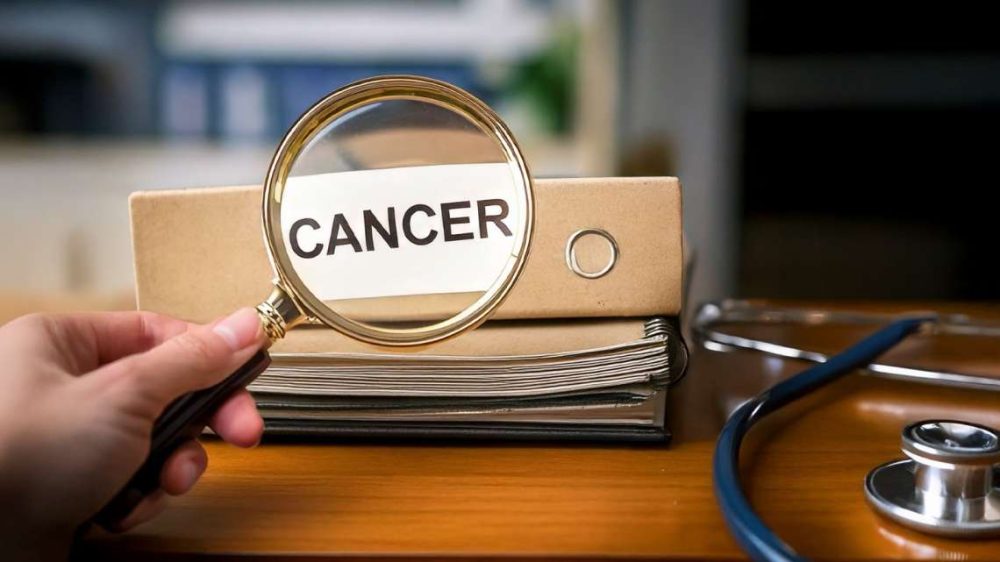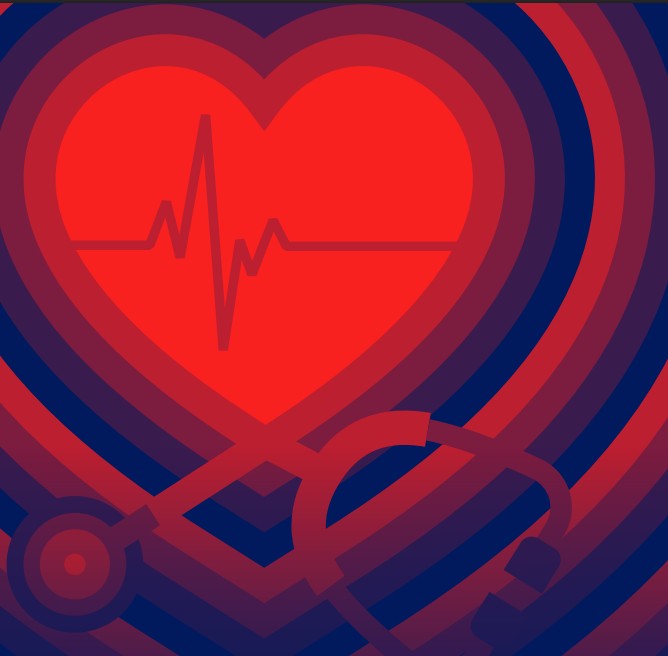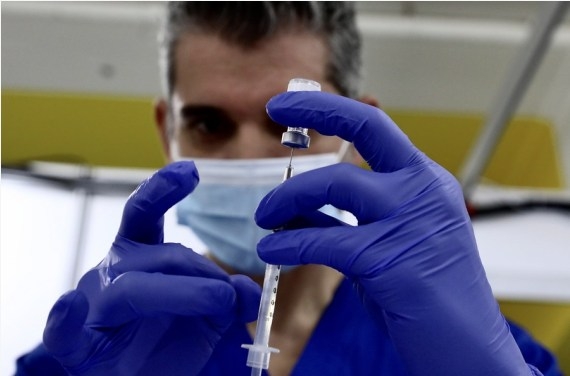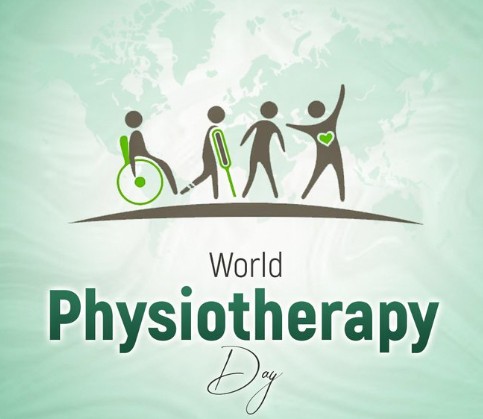
Time is brain when it comes to the treatment of acute ischemic stroke. For every minute of delay in seeking treatment for a stroke, 1.9 million neurons die. In cases with a completed reperfusion in acute ischemic stroke, 1.2 billion neurons die. A third of those who survive a stroke are left with severe and chronic disabilities.
There are three levels of disabilities that could impact an individual affected by a stroke:
Physical Impairment: Those who suffer a major stroke tend to have significant disabilities. In those with dominant brain strokes (left side in most individuals), along with the weakness on the right side, they have residual language issues (difficulty in comprehending or expression) and in the majority, swallowing issues. Some posterior circulation strokes (affecting back area of your brain) can cause vision changes (Hemianopia), gait imbalance, and at times, swallowing difficulty. There may be issues with bladder and bowel control as well.

Cognitive Impairment: Cognition and memory abnormality is seen commonly after a major stroke or those involving strategic areas of the brain. Up to 30 per cent stroke survivors can have lasting cognitive impairment leading to dementia in the years to come.
Emotional and Behavioural Impairment: The dependence on seeking help with basic functions can lead to frustration and embarrassment. In addition, those who are disabled by stroke often feel guilty and anxious about being dependent on others. Stroke can also lead to emotional outbursts which can be distressing for both the patient and their caregiver.
Early stroke rehabilitation is important after an acute stroke. Depending on the dominant disability.
(weakness, loss of coordination, swallowing problems, bladder bower control, or emotional/ cognition deficits), exercise regimes are planned. Apart from the severity of the residual disability, successful Stroke Rehabilitation is also dependent on the patient’s mood and motivation and also support from friends and family.
Stroke rehabilitation should start in the hospital inpatient rehabilitation unit, on discharge in the outpatient unit and eventually, home-based programs should be planned. The duration and frequency of these exercises depend on the nature and severity of the disability.

What is involved in Stroke Rehabilitation?
Improvement of Physical Function:
Motor skill exercises- These are aimed to improve limb muscle strength, coordination, and also swallowing exercises. The physiotherapist can take the help of technology to improve motor function in selected muscles: use of a computer or video games to simulate real-life situations like cooking, picking up objects from the floor, or crossing the road, to help train the brain better. Some centres use robotic devices that assist impaired limbs to perform repetitive action and help in regaining lost function. Functional electric stimulation is used commonly to stimulate weakened muscles. The use of ankle or knee brace and the use of walking aids like walkers or canes adds to gait stability during therapy. An interesting concept used is �Constraint-Induced Therapy’. Here the unaffected limb is restrained and the patient is encouraged to use the affected limb to help recover lost function in that limb.
Cognition and Psychological Treatment- Speech and cognitive therapy are aimed at improving memory, problem-solving, and judgment. A trained Psychologist is an integral part of this rehabilitation that helps the patient get adjusted to their disability, and also keep them motivated for rehabilitation.

Medication: Patients need to be reassessed periodically for stiffness in the limbs or use of anti-depressants to improve outcomes from the rehabilitation program.
In most individuals, recovering from a Stroke can take time, leaving them frustrated. However, a good rehabilitation program, a motivated patient, and support from family, will help overcome these hurdles.
Also Read-Guterres: Hunger is an outrage in a world of plenty









